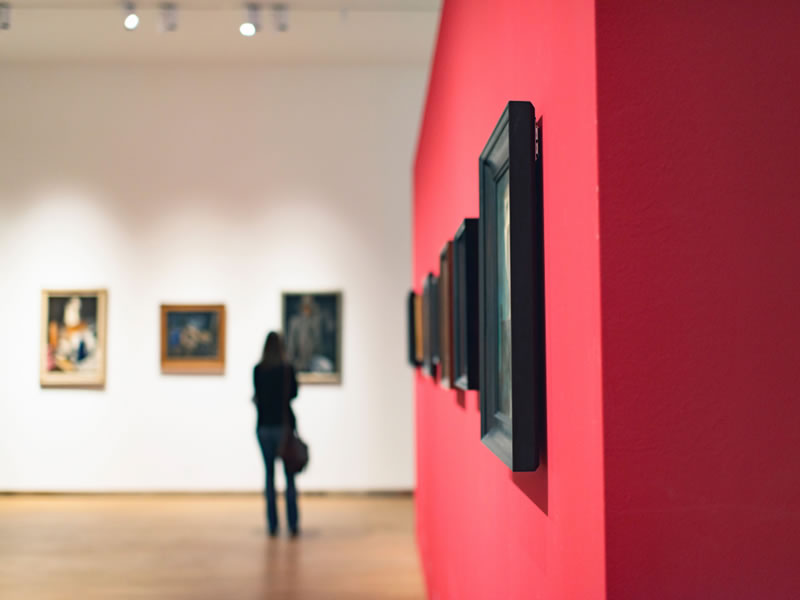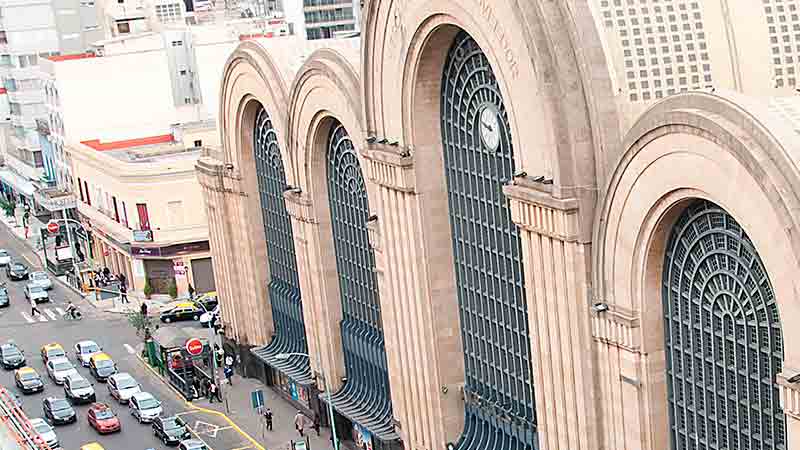This is the selection of the 10 most outstanding parks and squares in Buenos Aires :
1. LEZAMA PARK .
Neighborhood: San Telmo.
Inauguration: 1894.
The park's land was one of the most luxurious gardens in Buenos Aires from 1857 until it was ceded to the commune as a public space.
Today it has an amphitheater, a viewpoint, monuments, sculptures and a fountain.
An interesting fact is that some historians believe that this place is where the first foundation of Buenos Aires took place, by Pedro de Mendoza, in 1536.
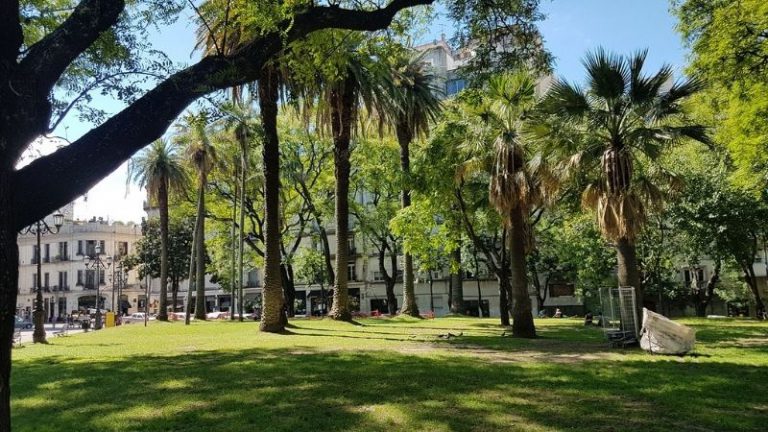
2. BARRANCAS DE BELGRANO
Neighborhood: Belgrano
Inauguration: 1892
The Barrancas de Belgrano are a land that formerly was the descent to the baths of the Río de la Plata, until over the years and the expansion of the city, land was gained from the river (where today is the Chinatown) and the ravines were landscaped by Charles Thays (who also landscaped the Bosques de Palermo).
Las Barrancas are an old and traditional walk in a beautiful area of Buenos Aires and a meeting point for many porteños to spend the afternoon either drinking mate, doing gymnastics, playing chess, etc.
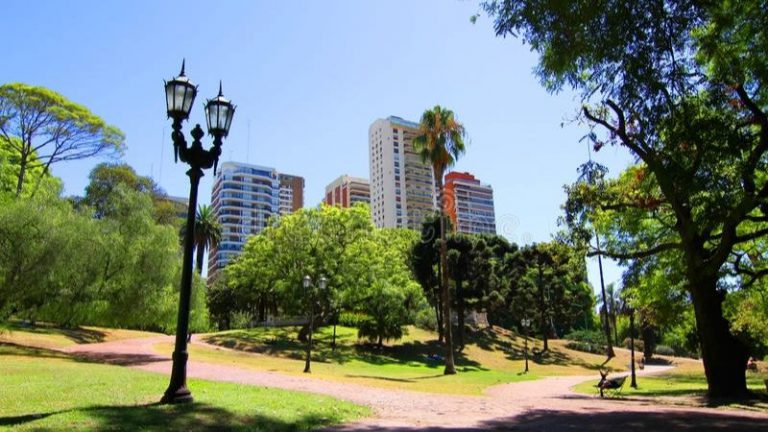
3. CONGRESS SQUARE
Neighborhood: Montserrat
Inauguration: 1910 The Plaza del Congreso, (erroneously known as “plaza de los dos congresos”), was inaugurated on the centenary of the May Revolution of 1810 and is one of the most iconic places in Buenos Aires.
In it, in addition to the bronze dome of the National Congress, one of the three replicas of the statue of "The Thinker" by the French sculptor Augustine Rodin, cast in the original mold, stands out.
Another important monument is the Monument of the Two Congresses. In this square kilometer 0 is marked, which marks the beginning of the national routes that depart from the City of Buenos Aires. The square could be a much more beautiful place if it were properly cared for without the need to fence the fountains and monuments.
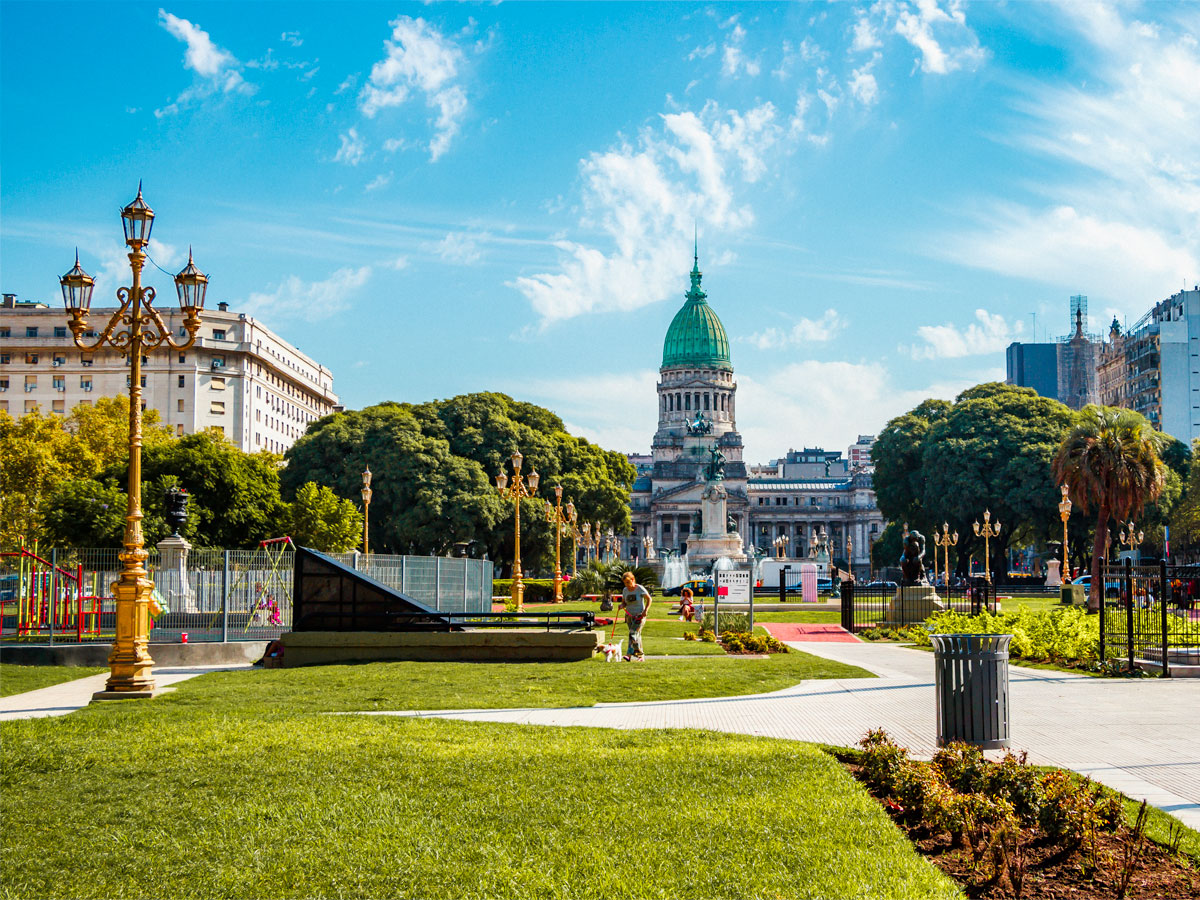
4. ECOLOGICAL RESERVE
Neighborhood: Puerto Madero
Inauguration: 1986
With an area of 350 hectares, the Ecological Reserve is the largest green space in the city and a great place to disconnect from the bustle of the city for a while.
It is located between Puerto Madero and the Río de la Plata, and it is land reclaimed from the river with grasslands, bushes, lagoons and rubble beaches.
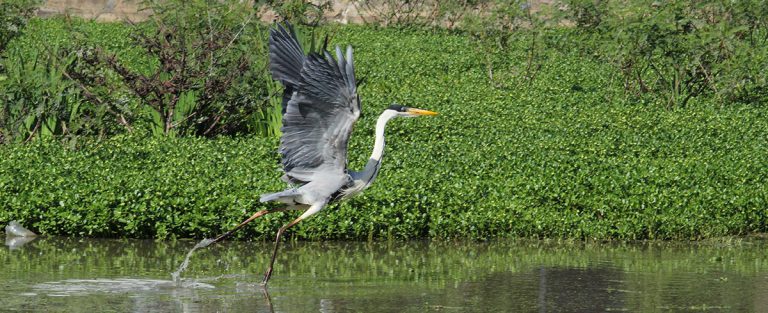
5. PLAZA SAN MARTÍN
Neighborhood: Retiro
Inauguration: 1862
Plaza San Martín is one of the places that has changed the most since the founding of Buenos Aires more than four centuries ago.
At the beginning of the 18th century it was a slave market, then a bullring, later it housed the Regiment of Grenadiers on Horseback of General San Martín, and it was not until the end of the 19th century that it began to be planned as the plaza it is today.
The main characteristic of the square are its trees and the monument to General San Martín.
There is also a monument to those who died in the Malvinas War.

6. MICAELA BASTIDAS PARK
Neighborhood: Puerto Madero
Inauguration: 2003 It is one of the most modern areas of Buenos Aires, designed by a study of architects with paths that connect different sectors: sports area, children's play area, and a rose garden.
The main feature of the park is its design and its zigzag stone wall.
It is also a park designed to be fully accessible to people with reduced mobility.
This park is a work of art of architecture, surrounded by the most modern buildings in Argentina in one of the most exclusive areas of the city.

7. PLAZA DORREGO
Neighborhood: San Telmo
Inauguration: late 16th century (Alto de las Carretas)
This was the second square in Buenos Aires after the Plaza Menor and it was nothing more than a stop for the carts that came to the city.
Since 1586 the square changed its name several times until in 1900 it was called Plaza Manuel Dorrego.
Today it is one of the places with the most porteño culture in the city, where the San Telmo Fair takes place every Sunday, the bars place their tables outside and the atmosphere is filled with food, smiles and a lot of tango.
A place that must be experienced on a visit to Buenos Aires.
A curious fact is that in this place the signing of the Declaration of Independence that took place in the city of San Miguel de Tucumán was announced to the people of Buenos Aires.

8. MAYO SQUARE
Neighborhood: Montserrat
Inauguration: late 16th century (Plaza Menor)
The Plaza de Mayo is the most iconic place in the Argentine capital, and the scene of all the most important political events in our history (except for the Declaration of Independence).
It is the place where Buenos Aires was founded for the second time, in 1580, although for centuries it remained “separated” into two squares by a recess.
Bordering the square are historical and governmental buildings such as the Government House, the Cabildo, the Metropolitan Cathedral and the Government Palace of the City.
Since the end of the 16th century, the space it occupies today was changing its name and shape until 1884 when the Plaza de la Victoria was unified with the Plaza del Fuerte by demolishing the arch that separated them.
The square houses two important monuments: the May Pyramid, built for the Centennial of the May Revolution, and the monument to General Manuel Belgrano, creator of the National Flag.
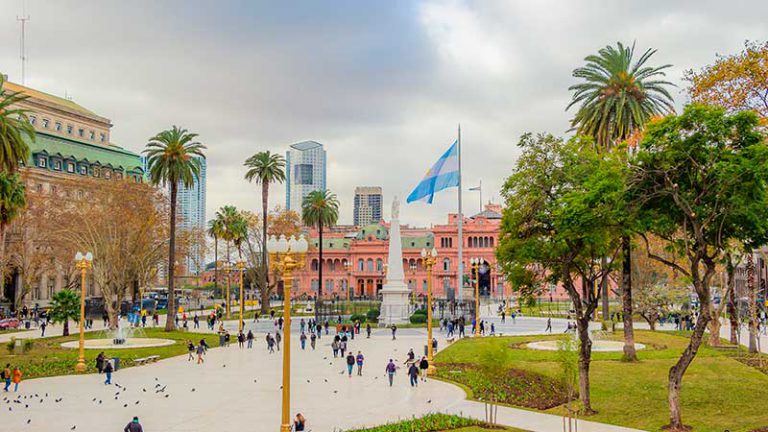
9. PLAZA HOLANDA
Neighborhood: Palermo
Inauguration: 1875
Holland Square is one of the most popular places in the city because it houses one of Palermo's lakes and the Rosedal.
It is a very nice walk, where the colors of the flowers and the green of the trees mix.
It has benches, food stalls, fountains and an artificial lake with ducks.
In front of this park is also the Planetarium.
10. PLAZAS FRANCIA and INTENDENTE ALVEAR
Neighborhood: Recoleta
Inauguration: 1909
These two squares are often confused, although they are together, Plaza Francia is the one in front of the Faculty of Law and Plaza Alvear is where the craft fair takes place on weekends, in front of the Recoleta Cemetery.
Both constitute a large beautiful green space to walk, with many trees, sculptures, and places to have a coffee, dine, dance, shop, or simply sit on the grass to rest.
Plaza Francia is crowned by the Monument from France to Argentina and adorned with sloping paths that descend to Avenida del Libertador.

Plaza Alvear is bordered by the Iglesia del Pilar and the Recoleta Cemetery. This space is one of the most touristic places in Buenos Aires, in one of the most elegant and European neighborhoods of the city. It deserves a visit to appreciate everything that is around, and to make it calm and without so many people, I recommend visiting it on weekdays.
